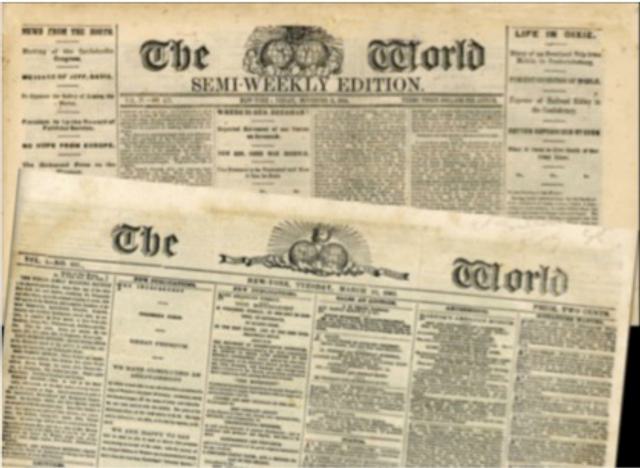The Statue of Liberty: Pulitzer’s fundraising for the pedestal
- Exhibited by
- Aditi Srivastav
- Added
- October 15, 2014
- Medium of Communication
- Press advertising
- Target Audience
- Crowdfunding
- Type of Charity
- Public/society benefit, Culture
- Country of Origin
- USA
- Date of first appearance
- 1885
SOFII’s view
It’s hard to imagine being in New York without the Statue of Liberty. Yet that would have happened without the inspiration of one man, Joseph Pulitzer, who realised that if you inspire thousands of ordinary people and give them a sense of pride you will raise incredible amounts of money for worthwhile causes.
Creator / originator
Joseph Pulitzer, The New York World
Summary / objectives
To raise enough funds (US$200,000 in 1885, equivalent to US$2.3million at the time of writing) to build a pedestal for the Statue of Liberty to stand on.
Background
The Statue of Liberty was a gift from France to America and was to be placed on a pedestal on New York harbour – paid for by America. When the statue reached New York, the New Yorkers had not managed to raise enough funds because the wealthy philanthropists and the government were not willing to fund it. The statue lay in crates for over a year and it was a great shame for New York. Other cities, such as Boston and Philadelphia, were willing to fund it – but only in exchange for the statue.
Joseph Pulitzer stepped in and, through his newspaper The New York World, ran a fundraising campaign targeted to working-class Americans and promised a reward.
He promised to publish the name of every individual who donated on the front page of The World, no matter how small the amount. There was a clear reward system: any donation of one dollar received a six-inch replica of the statue or a 12-inch statue for each five dollar donation. People saw others give so they gave too, it was a ripple effect. By autumn 1885, within six months of launching the appeal, over 120,000 people had donated over US$100,000 (about US$2.3million at the time of writing) – with most donations being under one dollar. Not only that, but his paper’s circulation increased by 50,000 too.
Special characteristics
- This is perhaps the earliest example of crowdfunding.
- It shows an in-depth understanding of target audience, tapping into the basic need for sense of recognition, by promising rewards and making them part of history. Also making the working class feel powerful, mocking the stinginess of the wealthy.
- The campaign had a tangible outcome.
- The regular updates and caricatures helped to engage and keep donors inspired.
Influence / impact
Pulitzer gave the working-class New Yorker a sense of pride and responsibility towards the city. The Statue of Liberty, symbol of freedom, democracy and justice, provided an idealised vision.
Without this crowdfunding and the donations of the 120,000 New Yorkers, the 150ft tall statue would not be standing today on New York’s harbour. This campaign is an important part of not just fundraising history but world history.
Merits
Many of us think today that crowdfunding is a new phenomenon. We relate it to the Internet and having various methods of communication. This campaign, however, is a classic example of powerful yet simple fundraising.
We as fundraisers should learn from Pulitzer’s example and feel humbled. We should be careful not lose this piece of our fundraising history.
Updates showing the construction of the pedestal to motivate donors
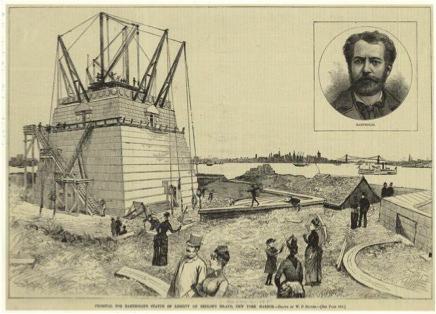
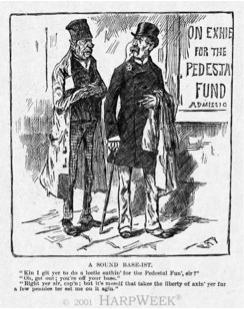
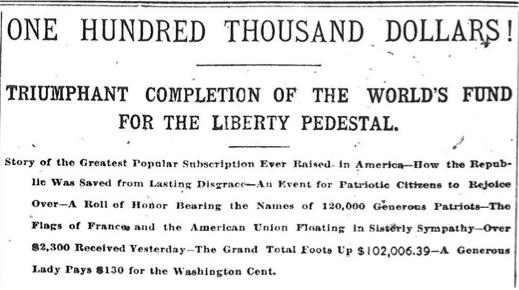
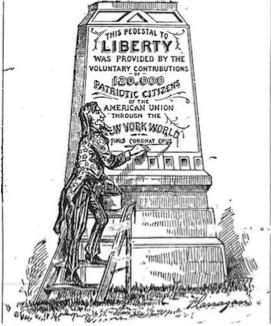
Aditi Srivastav presented this exhibit at I Wish I’d Thought of That IWITOT 2014
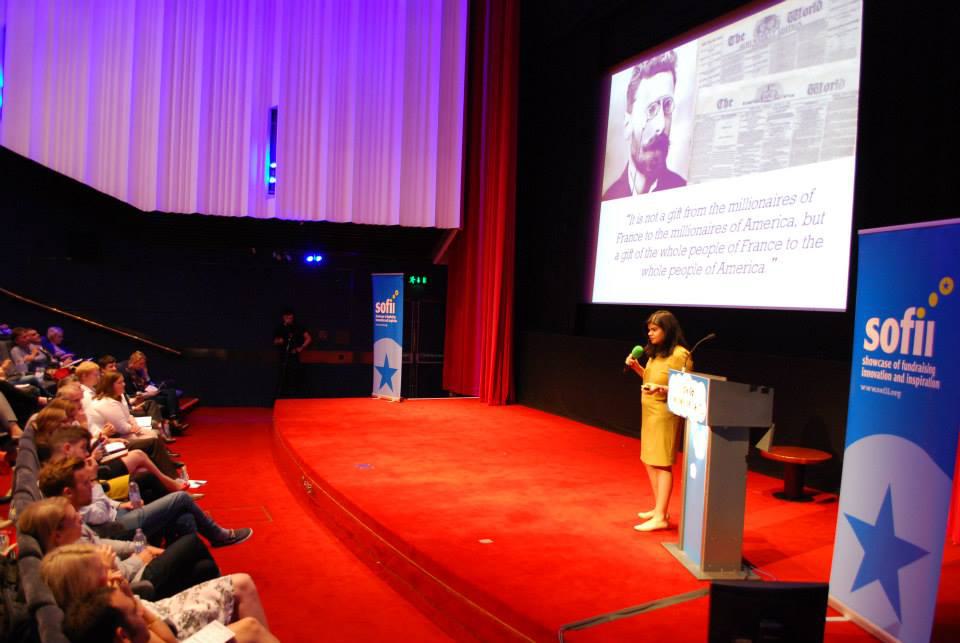
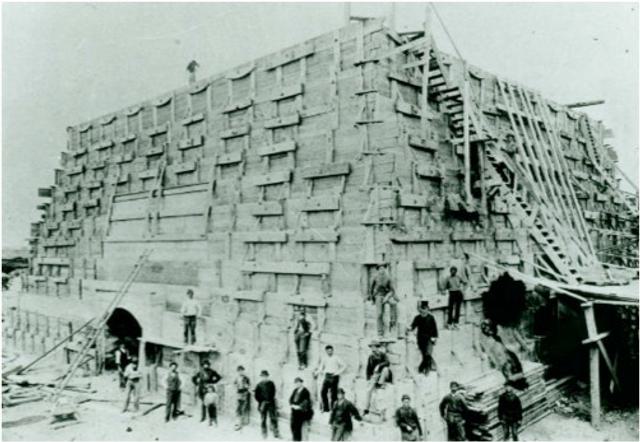 View original image
View original image
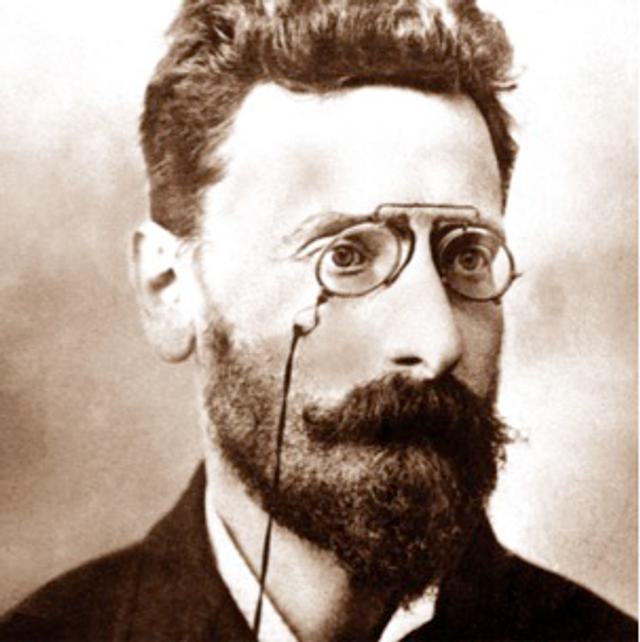 View original image
View original image



